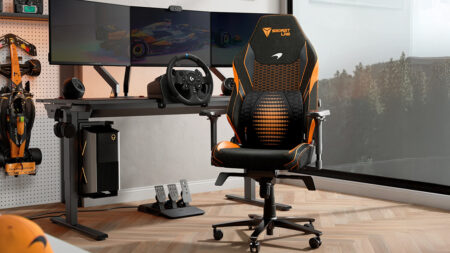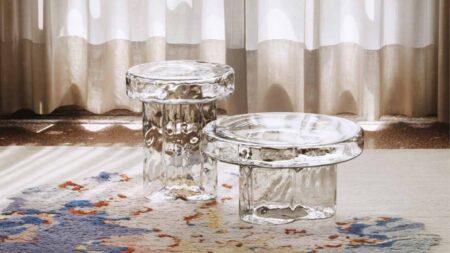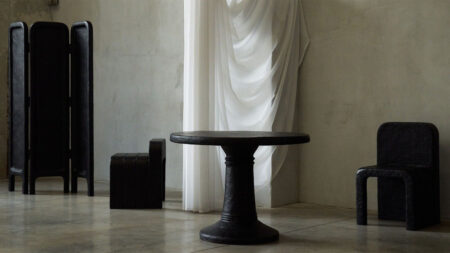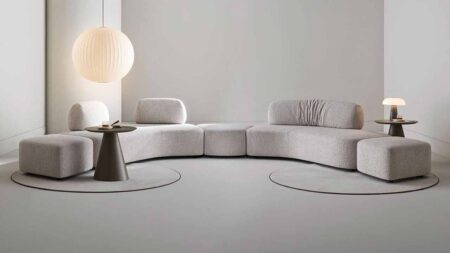Clay is most commonly used for sculpting and pottery, but clay to create a lounge is something new and peculiar. French studio Niveau Zero Atelier made this leap with utmost grace. This was made possible by using discarded wet clay scoured from construction sites in Paris and then vacuum-sealing it to form the padding of the Soft Soil Daybed. This innovative chaise lounge was designed for the Relay Design, and was revealed at the Collectible Design Fair in Brussels.
The makers decided to have an interesting take on typical upholstery and to use clay instead for padding, which has to be the most unconventional yet innovative idea. In the making process, the clay is stored in a clear plastic cover locked in without any source of ventilation, which helps the clay to retain its moisture. It further helped to mold the clay to form padding. For the base of the Soft Soil Daybed, recycled stainless-steel material is used, which adds to the daybed’s interesting profile.
For the clay to perform efficiently, it had to undergo a rinse-and-repeat refining process, in which the clay is poured into the water only to be filtered out using a cloth and kept aside to rest. The process is repeated several times before all the impurities of the clay are removed. Then, the clay is packed into a plastic envelope. After undergoing the long process, it is stored away from the air which is sucked out by using four different valves and a vacuum sealer to lock the moisture in to keep the clay moldable.
Also Read: High-Back Miss Rope Chair Exhibits Intricate Paper Cord Weave in Majestic Make
To give the padding its shape, it is supported by the reclinable backrest. The buttoned details on the padding pay homage to the traditional Chesterfield upholstery. The process sounds strenuous and speaks of the hard work behind using clay as an unexpected material for padding in furniture.
The illite clay used in the Soft Soil Daybed is rich in minerals and gives the clay its natural greenish color. The chair breaks the confines of traditional upholstery by using an atypical material to provide an eye-catching piece fit for modern interiors.
Via: dezeen





Follow Homecrux on Google News!




